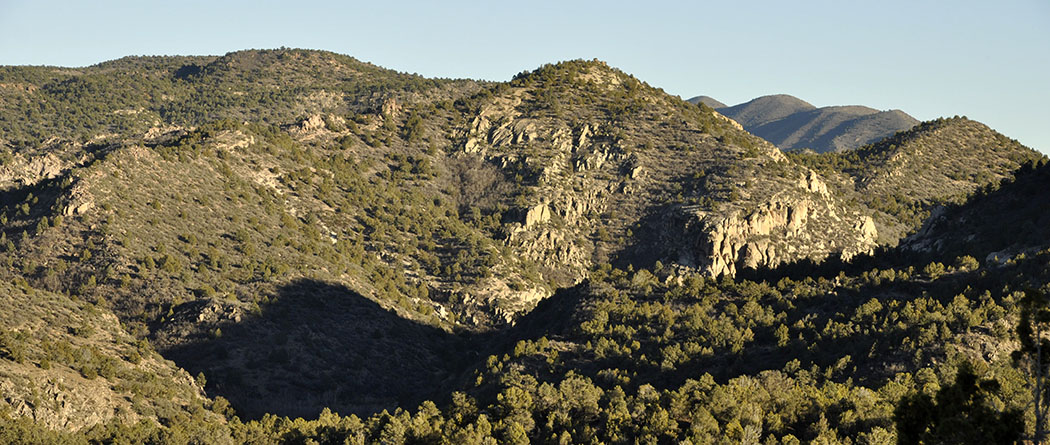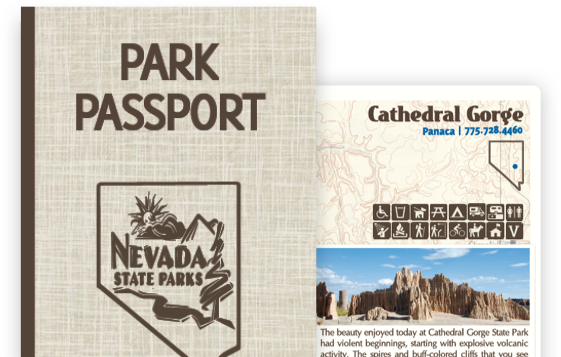Natural Resources and Climate of Beaver Dam State Park
Millions of years of volcanic activity formed the dramatic geologic outcrops of igneous and sedimentary rock, including pink rhyolite, dark red and grey andesite and white ash-fall tuff. Obsidian and volcanic glass nodules may also be found in the park. At about 5,000 feet in elevation, this high desert park includes much more than sagebrush and cactus. Pinyon pines and junipers dominate the woodlands, with Ponderosa pines near the park’s springs. Gambel and shrub live-oak, sumacs and small-tooth maples provide fall color. Willows and cottonwoods along the wash are the preferred food and dam-building material for the native beavers.

The park is designated a Watchable Wildlife Area for a reason. Visitors may see mule deer browsing on shrubs, as well as the tracks of coyotes, fox, bobcats, and occasionally a mountain lion. Cottontail, jack rabbits, squirrels and porcupines may also be seen throughout the park. Birdwatchers may see turkeys that were introduced into the park in 1998. Great blue herons can be seen along the stream feeding on trout, desert suckers and golden shiner fish, or on bullfrogs. Many different lizards and snakes live in the park, including the Great Basin rattlesnake.
Summer high temperatures average about 95˚F, with lows around 50˚F at night. Rainfall is variable, but thunderstorms are common during the monsoon months of July and August. Winter high temperatures average 45˚F with lows of 25˚F. The road to the park is gravel and dirt and is graded by crews throughout the year. During wet weather conditions, rain or snow, the recommendation is for use of high-clearance, four-wheel drive vehicles. Call the ranger station at Cathedral Gorge, at 775-728-4460, to check on road conditions before visiting the park.



